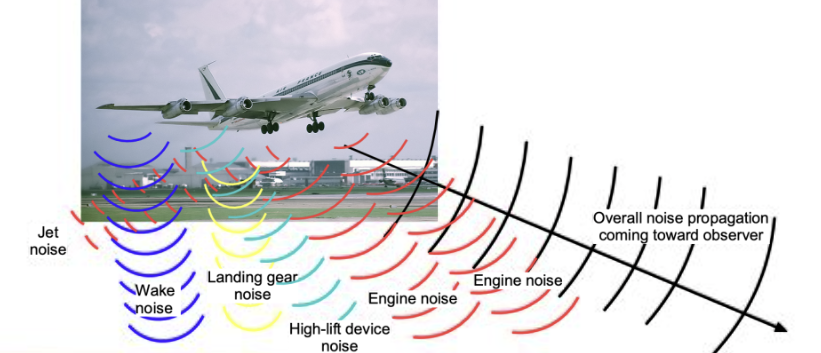Quiet Skies: How Engineers Are Tackling Aircraft Noise with Smart Design
Quiet Skies: How Engineers Are Tackling Aircraft Noise with Smart Design
Luu Gia Phuc
If you’ve ever lived near an airport, you know the sound well. It starts as a low rumble in the distance, then builds until windows rattle and conversations pause. Air travel is miraculous, but let’s be honest—it’s also loud. For decades, engineers have been asking the same question: how can we make the skies quieter?
The answer isn’t just about making flights more comfortable for passengers. Aircraft noise affects communities miles away from airports. Studies have linked constant noise exposure to stress, sleep disruption, and even long-term health effects. So, engineers have rolled up their sleeves to rethink how airplanes are designed.
Take the engine, for example. Jet engines are the biggest culprits, but new designs use advanced fans, reshaped blades, and clever acoustic liners inside the engine to muffle the roar. Imagine putting a silencer on something the size of a car—it’s that kind of challenge.
Then there’s the shape of the airplane itself. Aerodynamic tweaks, like reshaping landing gear and smoothing out surfaces, reduce the turbulent “whoosh” that comes as planes cut through the air. Some experiments even look at special coatings on the wings to soften sound, almost like adding a muffler to the airframe.
What’s really exciting is the future. NASA has been working on concepts for aircraft that look nothing like the planes we know. Picture a blended-wing body, almost like a manta ray gliding through the sky, designed not only for efficiency but also to reduce noise footprints.
For those of us who love the magic of flying but also crave peace and quiet, these advances feel hopeful. The next time you look up and see a jet streak across the sky, maybe someday you’ll just see it—without hearing it thunder past.

